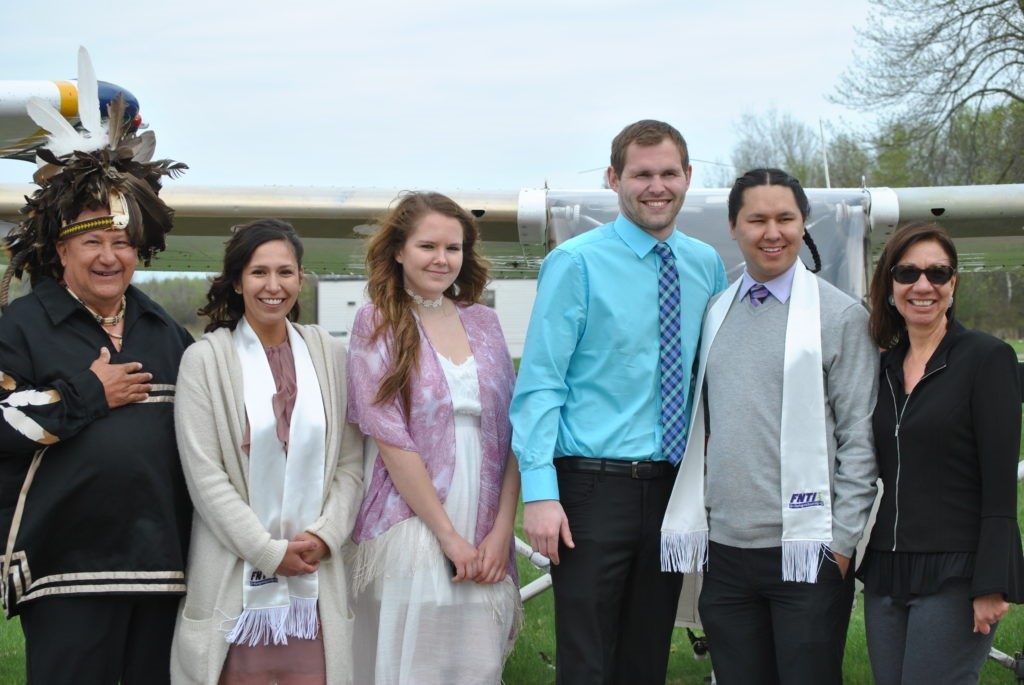Estimated reading time 4 minutes, 39 seconds.
The Canadian Council for Aviation and Aerospace (CCAA) is hosting a number of cross-country focus groups designed to identify comprehensive strategies to encourage Indigenous people to participate in the national aviation and aerospace industry.

On April 29, at the Northern Air Transport Association’s 43rd annual conference in Yellowknife, N.W.T., CCAA project manager Emily Lecompte invited focus group participants to share ideas on how to achieve this goal.
Attendees at the session included government and industry representatives who want to encourage northern youth to train for and fill local jobs.
Indeed, Indigenous people have been identified as a target demographic for aviation and aerospace recruiters. According to CCAA projections, the industry will require 55,000 new employees by the year 2025.
Lecompte’s presentation aimed to identify ways to remove barriers to industry participation for Indigenous people.
One of the key messages that came through loud and clear: engage young people early and often through local education systems.
Brian Harrold of Northwestern Air in Fort Smith, N.W.T., said it’s important to educate kids about aviation careers when they are young.
He said trades awareness programs get Grade 9s into their facility and from there it’s about creating “an atmosphere that is open and welcoming to everyone in our company.”
Susan Wright, HR and safety manager at North-Wright Airways in Norman Wells, N.W.T., added that establishing relationships with other organizations and schools is key.
“Kids from the north have been around bush pilots their whole lives,” she said, “but sometimes the location of your business can be a barrier. We’ve offered rotations to employees, but they just want to be with their families.”
She added that having young children and the high cost of training are two more challenges that need to be conquered.
“I think if we could figure out [how to overcome] some of these barriers, there is so much potential.”
The group then discussed how companies can build trust with other organizations or communities they want to work with. For many, that process begins with a community’s elders, who can advise young people about careers.
It’s important to take time to build a rapport with a First Nations community, said several attendees. Make an effort to understand their history and cultural background and visit local schools.
Some companies, including Alkan Air and Air Inuit, said they have cultural education courses in place for new employees. These provide a valuable understanding of Indigenous cultures and ceremonies to those who are not familiar with them.
Lecompte asked the audience to consider what factors may prevent Indigenous people from applying for a job in aviation and aerospace; and, in addition, what factors may affect the hiring of an Indigenous person.
Next steps
Once its focus groups and related interviews are done, the CCAA aims to write a report that will include recommendations and a possible action plan by October.
However, the council would like to initiate some immediate actions that can contribute to the success of Indigenous people.
“I think one of the things I’m thinking is to get [a series of] role models out there, to get them through some communications channels,” said Theresa Davis-Woodhouse, the CCAA’s director of project management.
“Another aspect is that cultural training piece. It’s so critical. Different communities do things differently and there are different protocols to follow.”
A list of best practices and supports will be included in the report for companies that are looking for ideas
“It’s like preparing for a party–you want to give people the impression that you are ready and waiting for them,” added Lecompte. “How do you give people the impression that they are welcome? Is it signage, prayer rooms, daycare, leave for cultural events, special foods, etc.?”
Focus group participants agreed there is a pressing need for community role models, and that perhaps a future speaker series featuring those people would be useful.








